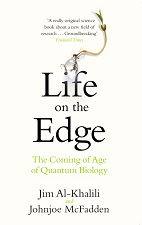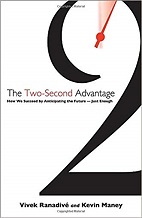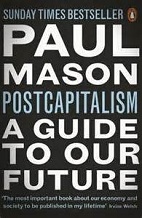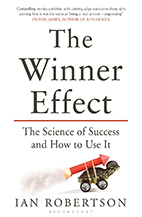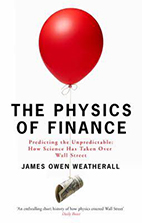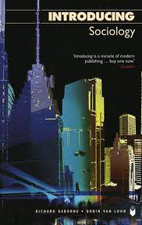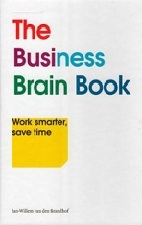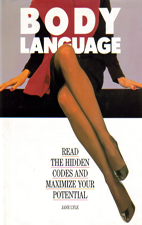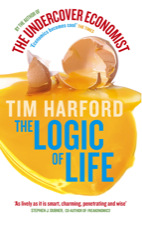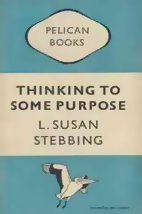Life on the Edge – The Coming of Age of Quantum Biology
(Jim Al-Khalili and Johnjoe McFadden , 2014)
Presents the main characteristics of quantum physics (wave-particle duality, tunnelling, superposition, entanglement/nonlocality), some related concepts (coherence, measurement, quantum beating, inelastic electron tunnelling, spin states, double potential energy well, density functional theory, quantum Zeno effect), as well as several principles of classical physics & chemistry (transition state theory, kinetic isotope effect, wave interference, respiration, chirality), seen through the prism of particular biological mechanisms involving enzymes, photosynthesis, olfaction, magnetoreception, gene copying & reading, brain activity, and the hypothetical evolution of early life.
Aside from the spectacular breadth and detail of its technical themes, this substantial book is enriched with a precise history of the relevant scientific developments.
see notes


